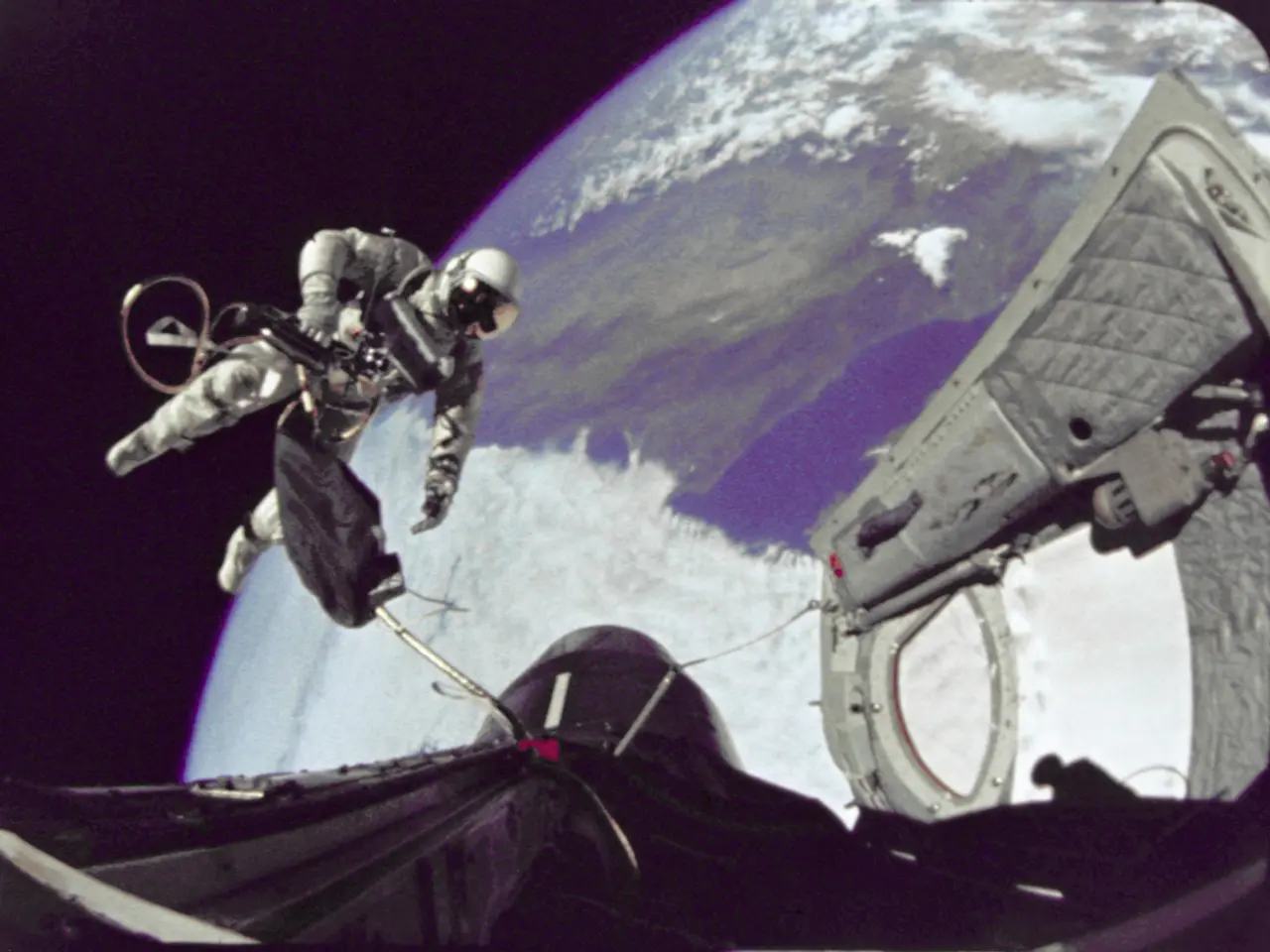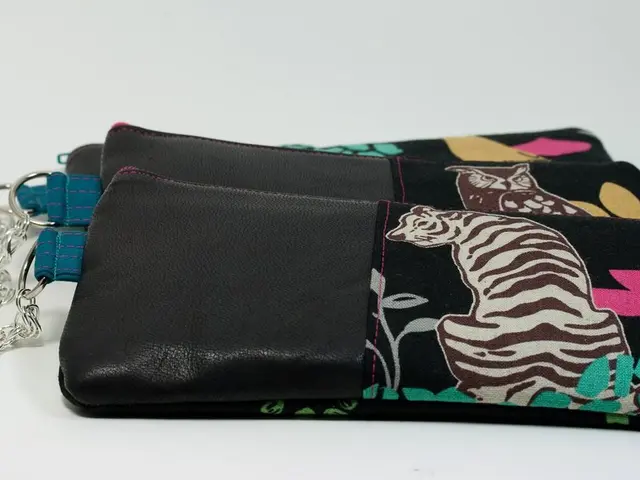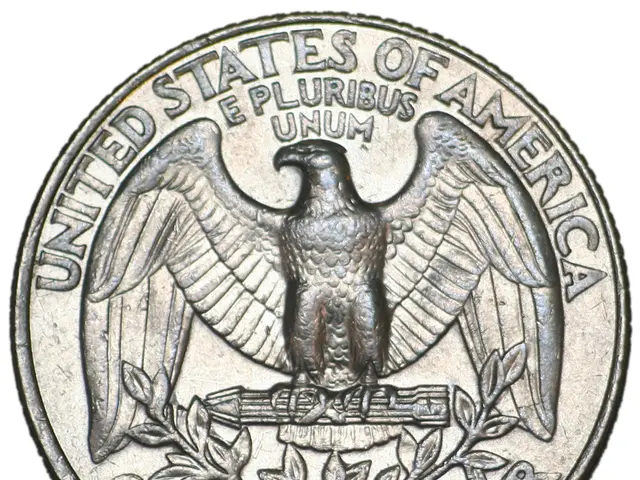SpaceX's Crew-10 mission is getting ready for its Earthbound journey
After a five-month mission aboard the International Space Station (ISS), NASA's Crew-10 astronauts are gearing up for their return to Earth. On Thursday, the crew will strap into Crew Dragon Endurance and head home, subject to suitable weather conditions at the splashdown site off the coast of Florida.
The astronauts, led by Anne McClain, have been conducting extensive scientific research during their stay aboard the ISS. Their mission has focused on understanding the effects of microgravity and space radiation on biological processes, particularly plant growth and cellular response to gravity and radiation.
One of their key investigations involved studying wild-type and genetically modified thale cress plants in the Rhodium Plant LIFE experiment. The aim was to understand how radiation and gravity conditions at different orbital altitudes impact plant development. The findings could potentially improve space and Earth-based plant cultivation techniques.
Another aspect of their research delved into cell gravity sensing, exploring how microgravity changes human eye structure and body cells. The insights gained from this research could lead to therapies for treating muscle and bone conditions.
The crew has also supported investigations into space weather and environmental factors affecting the station’s systems and biology. One of the notable findings was the capture of images of simultaneous lightning events at the top of two thunderstorms.
Anne McClain, a member of the Crew-10, recently posted an image from one of the Dragon spacecrafts, showcasing another Dragon with Earth directly below and an aurora in the distance. The image, a breathtaking view, has been shared widely, offering a glimpse into the crew's unique vantage point.
As they prepare for their return, the crew has been passing on the ropes to Crew-11, who arrived aboard another Crew Dragon spacecraft. McClain wrote in her post that Crew-10 is spending their last night aboard the Space Station.
The return of Crew-10 marks a significant step in advancing our understanding of microgravity's effects on biological processes, paving the way for longer-duration human exploration missions to the Moon and Mars.
[1] NASA (2022). Crew-10 Mission Overview. [Online] Available at: https://www.nasa.gov/mission_pages/station/main/index.html [2] SpaceX (2022). Crew Dragon. [Online] Available at: https://www.spacex.com/crew-dragon [3] ISS Research (2022). ISS Research Facility. [Online] Available at: https://www.issresearch.com/
- During their stay aboard the ISS, the Crew-10 astronauts, including Anne McClain, have been utilizing advanced technology, such as the Crew Dragon Endurance and the Rhodium Plant LIFE experiment, to conduct in-depth research in space-and-astronomy, focusing on understanding the effects of microgravity and space radiation on biological processes, specifically plant growth and cellular response.
- A significant portion of their research has been dedicated to studying human eye structure and body cells in space, with the hope that the findings could lead to therapies for treating muscle and bone conditions on Earth, further bridging the gap between science and technology.




